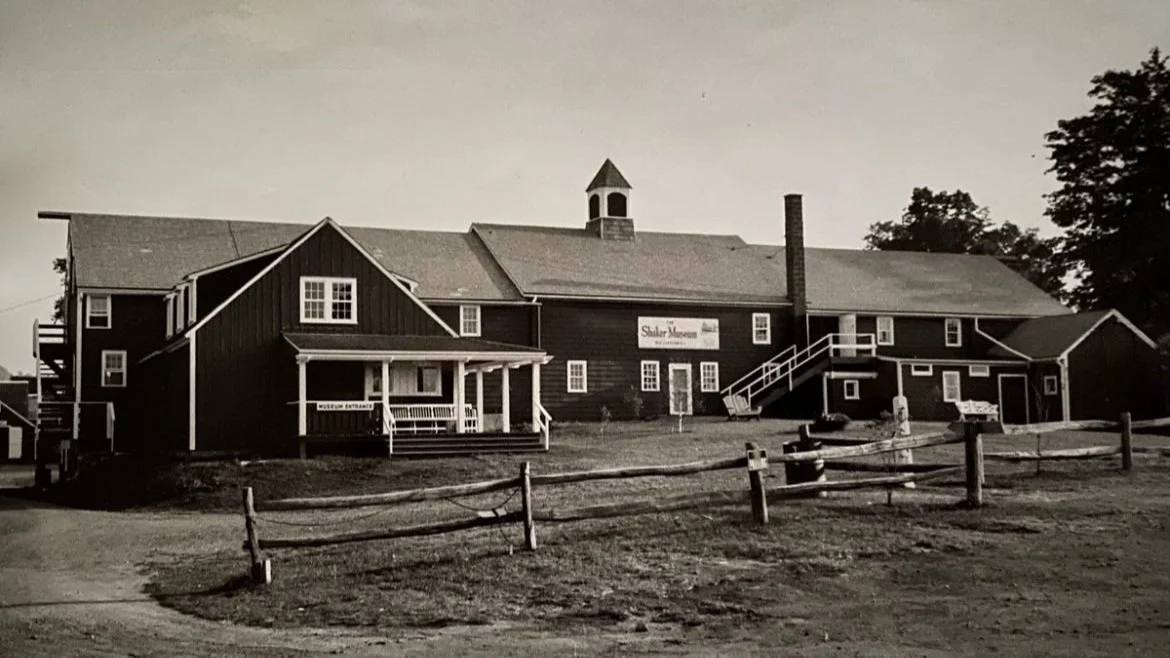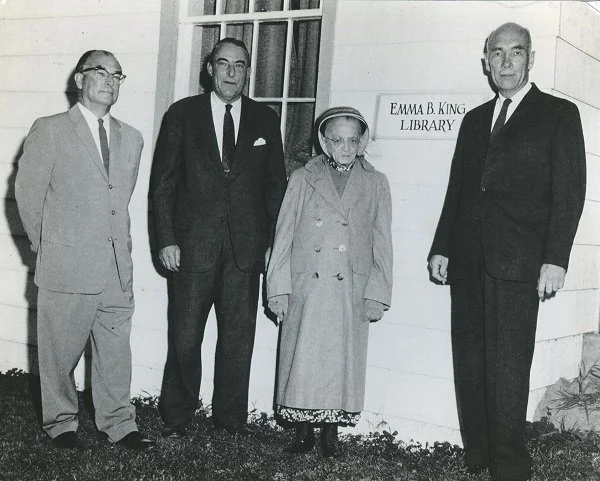How the Museum Came to Be
John Stanton Williams
The story of the Shaker Museum begins with a collector with a sharp eye who knew that what he was seeing was fast disappearing and did something about it.
Born in 1902, John Stanton Williams, Sr. interest in the Shakers began in the 1930s with tools and equipment and gradually expanded into all objects made or used by the Shakers, as well as manuscripts, imprints, and historic photographs.
Williams was not only a collector but also was concerned with the preservation of history. He worried that the Shakers were “gradually disposing of their goods, many of them museum pieces, to people who didn’t know the history of the objects they bought, cared less, and would in a few years probably throw them away.”
Williams built the museum in the dairy barn and farm buildings on his property in Old Chatham, NY. Before the Museum opened to the public, he had acquired more than 4,000 artifacts.
In 1948 he hired the Museum’s first curator and director, H. Phelps Clawson, who worked on installing displays and cataloging the collection. Williams continued to add to the collection, donated the land for the Old Chatham campus, and was closely involved in the Museum’s operations for decades.Williams built the museum in the dairy barn and farm buildings on his property in Old Chatham, NY. Before the Museum opened to the public, he had acquired more than 4,000 artifacts.
The earliest acquisitions came about with the assistance of Sister Emma J. Sister Emma, who was then in her nineties, had been a trustee for the Shaker Community at Mount Lebanon since 1901. In 1930, she oversaw the sale of the Church and Center Family properties but needed to dispose of their contents. Though the Shakers badly needed the proceeds from the sale of their possessions, it was obvious to them that Williams was much more than a collector. At more than one occasion Sister Emma remarked, “Mr. Williams, you are really going to start a Shaker Museum.”
In 1948, Williams made contact with Eldress Emma B. King of the Canterbury, New Hampshire Shaker community, which had become the seat of the Central Ministry after the Mount Lebanon community closed in 1947. Both Williams and Clawson established a strong relationship with King. Soon after meeting Clawson, she wrote to him, “Your kindly expressions of appreciation convince us that we have made another friend, not just another gentleman interested in a unique collection for the museum, but a friend who has glimpsed the ideals upon which our homes were established.” To Williams, she also wrote:
“Aside from the personal interest we feel because of the Shaker collection, there is a mutual friendship which has developed through our own business relations which we appreciate and hope may continue. We feel you have been very fair to us in your dealings and unlike most museum promoters there is a sympathy and interest in what our organization represents and a desire to be helpful to us, while we contribute to your effort. This naturally calls forth our regard and respect and a desire to be cooperative with you.”
Thanks in part to that “personal interest” and sense of friendship, the Museum acquired hundreds of interesting and important artifacts. Through Sister Emma Neale at Mount Lebanon, John Williams acquired objects ranging from hand tools and pieces of equipment used in various industries to decorative arts pieces such as baskets, oval boxes, and cupboards. Williams later remarked that without Sister Emma’s “faith and help, the job would have bogged down and perhaps been abandoned.”



